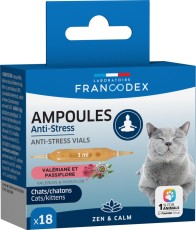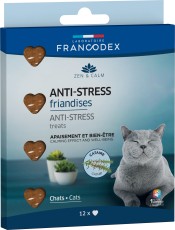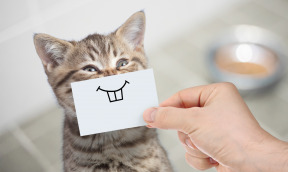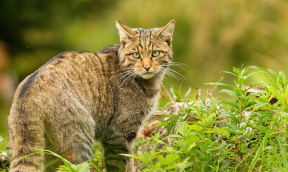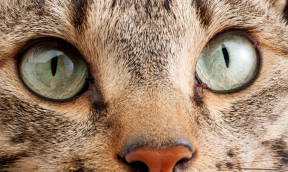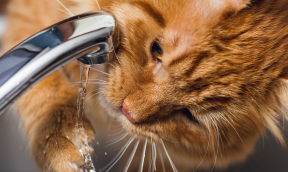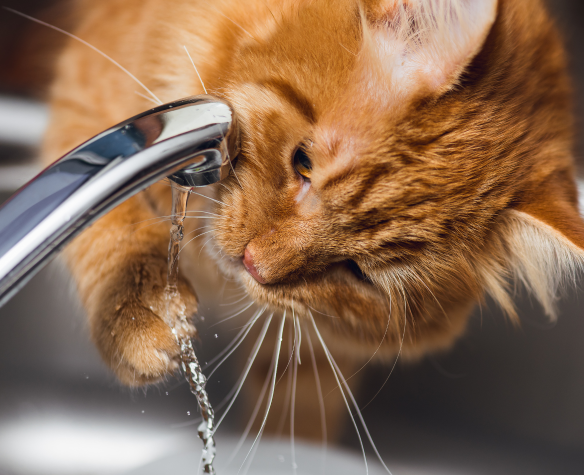
How can you keep your cat cool and comfortable in summer?
CONTENT :
- When is a cat too hot? Understanding feline thermoregulation
- What are the signs of discomfort or heatstroke in cats?
- How do you keep your cat cool? Provide a cool, calm and reassuring environment
- How should you hydrate your cat? Essential, but not so simple
- Why is grooming important for a cat's thermal comfort?
- 8 simple and essential steps to keep your cat cool
- How can you prevent other summer risks to your cat's well-being?
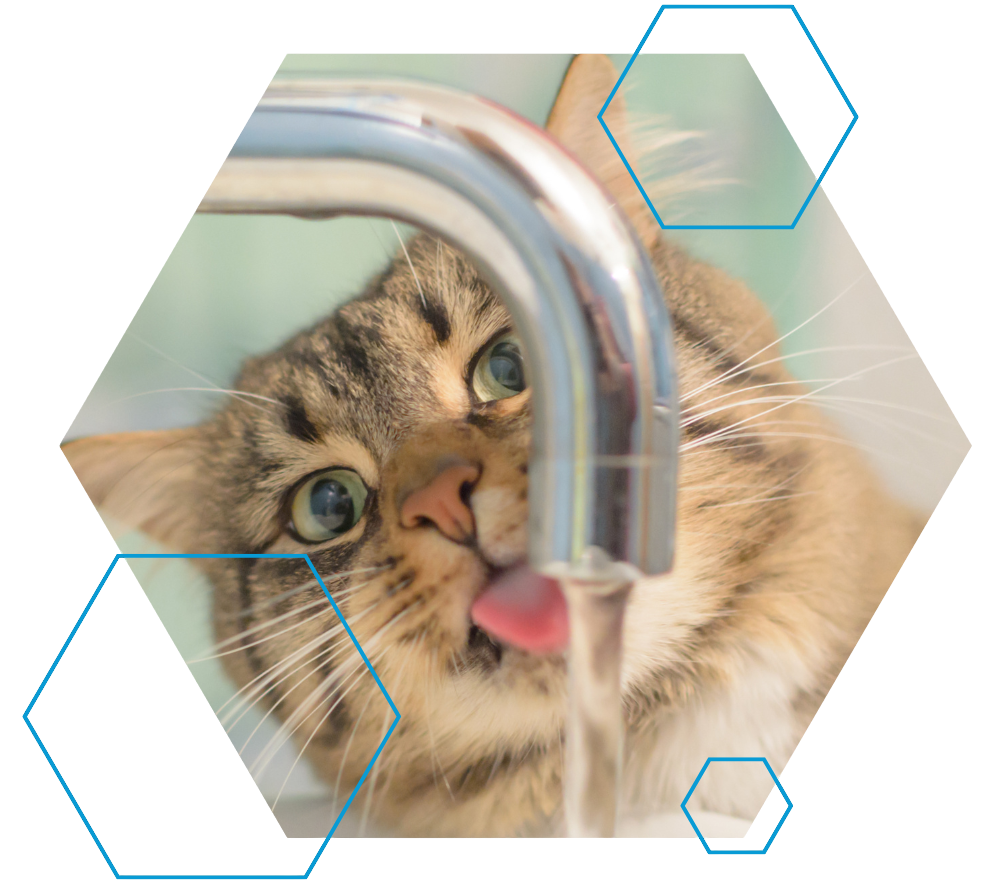 Although often eagerly awaited, summer can quickly become a trying time for our pets. While felines love to bask in the sun, they can also suffer in an overheated environment. What are the signs of heat stroke in cats? How can you keep your cat cool and comfortable in the summer heat? Francodex helps you keep your pets comfortable all year round.
Although often eagerly awaited, summer can quickly become a trying time for our pets. While felines love to bask in the sun, they can also suffer in an overheated environment. What are the signs of heat stroke in cats? How can you keep your cat cool and comfortable in the summer heat? Francodex helps you keep your pets comfortable all year round.When is a cat too hot? Understanding feline thermoregulation
Originally a desert animal, the cat tolerates moderate heat relatively well, but its body has few effective means of dissipating excess heat.
Unlike humans, it hardly sweats at all. Its highly localised sweat glands, which are mainly in the footpads, are insufficient to ensure genuine sweating.
The cat's main thermal regulation mechanism relies on:
- conduction, by lying on cool surfaces;
- convection, by standing in a stream of light air;
- evaporation, by panting.
The normal body temperature of an adult cat is between 38°C and 39°C. Certain conditions will lead to a rise in a feline’s temperature:
- an ambient temperature above 28-30°C, especially in confined or poorly ventilated areas;
- high humidity, which limits natural evaporation;
- prolonged exposure to heat without the possibility of cooling down or changing environment.
It should be noted that this vulnerability is all the more marked in certain individuals:
- very young and very old cats, whose adaptation mechanisms are less effective;
- flat-faced, brachycephalic breeds such as the Selkirk Rex, Persian or Exotic Shorthair, which have more difficulty breathing;
- long-haired breeds such as Norwegian, Siberian, Nebelung and Maine Coon;
- overweight cats or cats suffering from chronic illnesses, such as heart disease, where regulation is impaired.
What are the signs of discomfort or heatstroke in cats?
It's sometimes difficult to know when and how to cool down a cat, as they tend not to show their discomfort. But there are some subtle warning signs. What's more, cats tolerate heat better than humans, so if you're very hot, your cat's well-being will no doubt be affected too!
Early symptoms of thermal discomfort in cats include:
- unusual fatigue and withdrawal;
- a certain restlessness.
If the situation is already more serious, you will observe:
- excessive salivation;
- red or very pale gums;
- faster, jerky breathing (gasping);
- a body temperature above 40°C;
- tremors, even vomiting.
This is known as heat stroke and is a life-threatening emergency. Take your pet to the vet immediately if you find it in this condition.
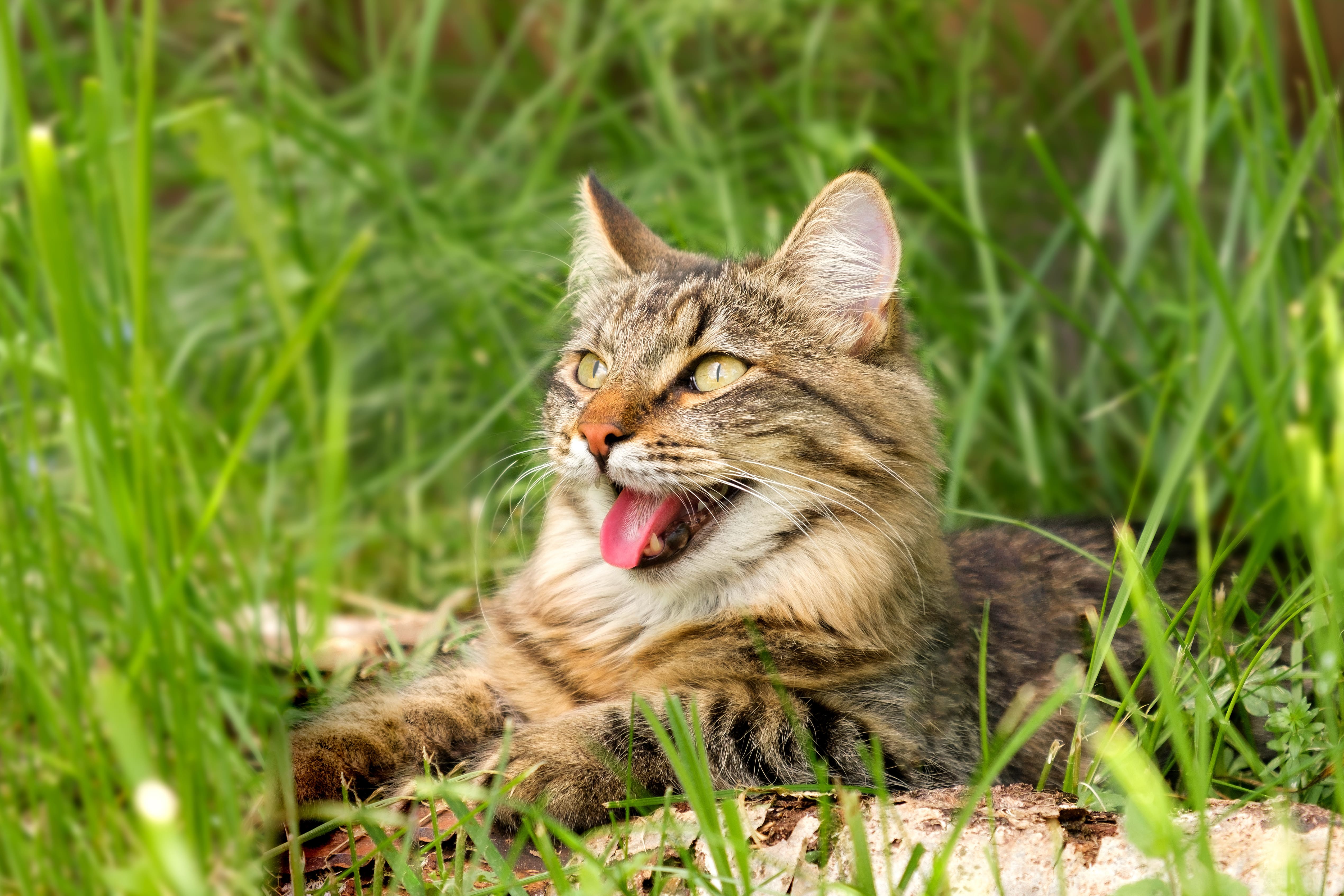
How do you keep your cat cool? Provide a cool, calm and reassuring environment
To help a cat cope better with the heat, its environment needs to become an ally.
Start by keeping the shutters and curtains closed during the hot hours, while letting the air circulate as soon as possible.
Gentle ventilation, via a natural air current or a fan not directed at the animal, can improve its thermal comfort without stress.
Offer several cool zones:
- rooms with tiled floors or damp terry towels on the floor;
- shaded, ventilated areas outside or on a balcony to cool your cat if you live in a flat.
⚠️ Don't leave your cat in the middle of a draughty area or in the path of cold air from an air-conditioner. Its respiratory tract can be irritated and dry air encourages dehydration.
At the same time, a calm environment reduces agitation and therefore body temperature.
To reinforce this sense of calmness, Francodex environmental anti-stress spray or anti-stress ampoules can help your cat relax and wait patiently for the temperatures to drop.
How should you hydrate your cat? Essential, but not so simple
Cats do not drink spontaneously. This weak sensation of thirst, inherited from its desert origins, makes it vulnerable to dehydration in hot weather.
You therefore need to increase the number of water points in its environment to stimulate it to drink:
- place several clean, fresh bowls in its favourite places;
- change the water several times a day;
- opt for a fountain with moving water, a real stimulant for a feline.
However, hydration is not just about water. Wet rations (wet food, mousse) contain up to 80% water, compared with 10% for dry food. You can therefore alternate or combine the two types of food to significantly increase your feline's water intake.
⚠️ To avoid suddenly changing your cat's diet during a period of stress, start offering it a regular wet ration in late spring.
Why is grooming important for a cat's thermal comfort?
In summer, a well-groomed coat helps cats to regulate their temperature. A brush that detangles, smoothes and removes dead hairs allows air to circulate better to the skin.
Grooming your cat should become a simple, essential reflex.
⚠️ A cat's coat acts as a natural insulator, protecting it from both heat and cold. However, all this hair can also make your pet very hot in summer. If your companion suffers a lot from the heat, you can shear it to make it feel more comfortable.
To gently refresh your pet, stroke it with a damp cloth or use multi-purpose cleansing wipes. As they are very gentle, they allow stress-free cleansing of sensitive areas (paws, tummy, head) while providing a welcome cooling sensation.
This little hygiene ritual promotes well-being, strengthens the bond between you and your companion and also removes soiled or greasy hair that can keep it warm.
8 simple and essential steps to keep your cat cool
Rather than trying to cool the whole house, it's often simpler, greener and more effective to cool your cat directly.
Here are 8 good habits to adopt to keep your cat cool and comfortable:
- Run a glove moistened with tepid water over your cat's paws, tummy and neck several times a day;
- Offer a damp towel on the floor or a cooling mat in an area that they particularly like;
- Provide access to the coolest areas of your home, such as rooms with tiled floors, bathrooms, a garage or a shaded terrace;
- Lightly mist the air at a distance from your pet, if it tolerates it, without wetting its head or ears;
- Avoid letting your companion go outside at the hottest times of the day and don't take them with you outdoors unless you have to. And never leave your pet in a car in summer. The temperature in the passenger compartment rises rapidly and it can die in less than 10 minutes;
- Limit interaction with your cat until the temperature drops, as exertion increases body temperature. So don't encourage it to play and don't let it settle in a high-traffic area;
- Give it a helping hand to relax with anti-stress treats, an anti-stress collar it will wear all summer or anti-stress pipettes;
- Monitor your cat's temperature. Above 39.5°C, your companion is in danger. Its nose should always be cool and moist, and the inside of the ears moderately warm. If in doubt, consult your vet.
These simple gestures can make all the difference during a heatwave to cool your cat down without disrupting its routine
How can you prevent other summer risks to your cat's well-being?
Heat and humidity are ideal conditions for the spread of parasites: fleas, ticks and mosquitoes are more active than ever. Even an indoor cat can be exposed, in particular via the shoes or clothes of its humans.
During the summer months, check your cat's coat regularly, especially around the ears, neck, legs and between the fingers. Ticks attach themselves very quickly and transmit diseases.
The Francodex first aid kit for animals contains a practical and reliable tick tool to remove the intruder without the risk of leaving the head in the skin.
As a preventive measure, administer an anti-parasite treatment tailored to your pet's needs, as recommended by your vet.
Article written with the assistance of
Dr Marie Marossero, veterinary surgeon

